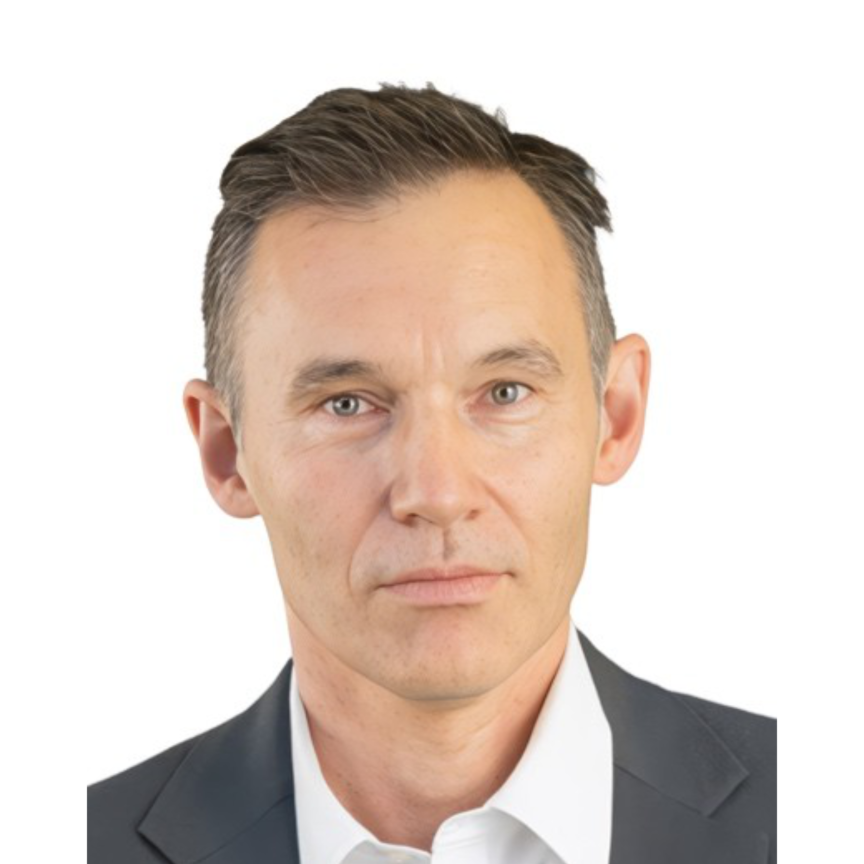As part of a national initiative highlighting the importance of quantum technologies for economy and science in Germany, the German Federal Ministry of Education and Research (BMBF) is funding a project aiming to develop a portable optical single ion clock within three years.
The 'optIclock - optical single ion clock' project began in May 2017, and has received €4 million from the BMBF in addition to €1.5 million from the project's industrial partners, which include Toptica Photonics, Menlo Systems, HighFinesse, Quartiq, Qubig, and Vacom. The consortium's research partners include the Physikalisch Technische Bundesanstalt (PTB), Ferdinand Braun Institute Berlin, PTB Braunschweig, the University of Bonn, and the University of Siegen.
OptIclock will render the enormous potential of quantum technologies, which are intensely investigated in science-oriented institutes, into something useful beyond academic research.
The best experimental clocks in laboratories achieve accuracies of 10-17 to 10-18, which, in terms of the age of the universe (14 billion years), equates to just one second of error.
So far, however, these clocks require permanent intervention of highly trained scientific personnel and are operated for a limited time of typically a few days for dedicated measurement campaigns. The optIclock demonstrator aims at a slightly reduced accuracy by a factor of 10 to 100, still being better than any commercial clock or frequency standard but, in contrast to the laboratory solutions, will be portable and will be easy to use by non-experts.
Applications of such devices include: the direct measurement of time via the realisation of a highly accurate frequency standard; the precise synchronisation of large networks or distributed radio telescopes; and navigation in general, as well as the improvement of global satellite navigation systems. In particular, one can also deploy it as specialised quantum sensor that can measure gravitational height differences over large distances by frequency comparisons. This promises a variety of applications in geodesy, like changes of the sea level and uplifting/sinking of landmass.
The optIclock device will contain a single charged atom that is kept in an electrical trap within an ultra-high vacuum compartment. The atom is laser-cooled to a few Millikelvin (1 Millikelvin = -273.149°C) and a so-called clock laser is stabilised to an optical transition within this atom. In order to make the device useful for general operators, this pilot project will investigate miniaturisation, automation as well as integration of individual components and design a comprehensive architecture for the complete system. Many other quantum technology applications – like quantum computing, quantum simulation or quantum sensing – will benefit from the optIclock developments of key technologies and concepts.
The project has been funded under the BMBF's national initiative 'Quantentechnologie – Grundlagen und Anwendungen' (Quantum technology - Fundamentals and Applications) (QUTEGA), which aims to promote quantum technologies and to prepare for the EU flagship programme on quantum technologies. QUTEGA is being coordinated by Professor Dr Gerd Leuchs and supported by the QUTEGA committee, a group of 28 scientists.

